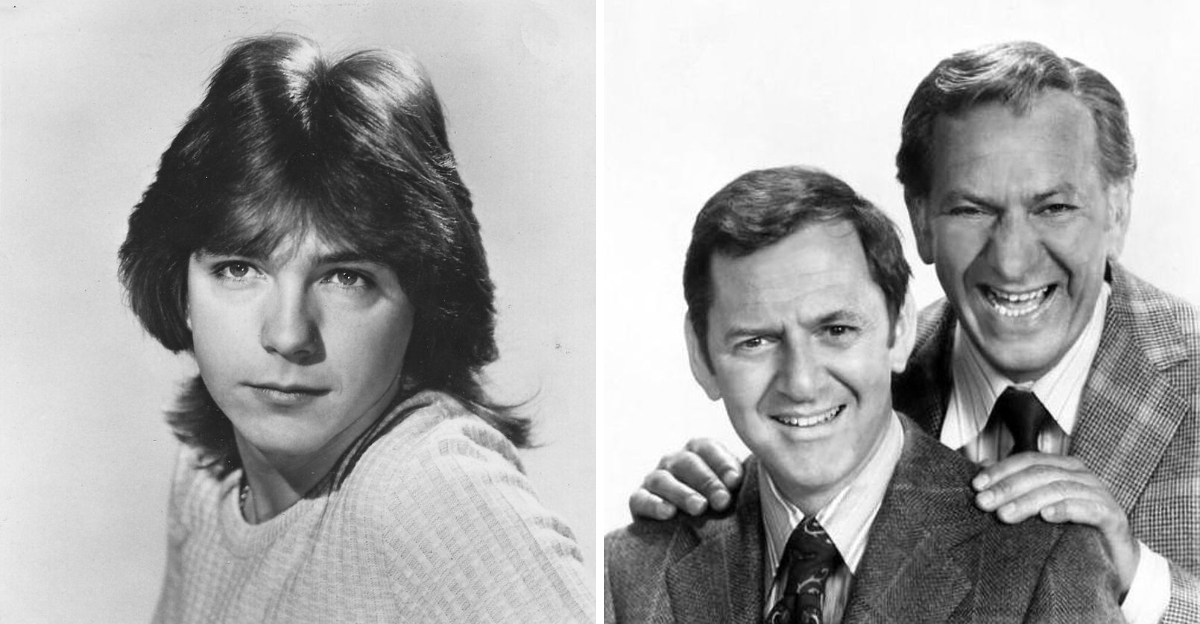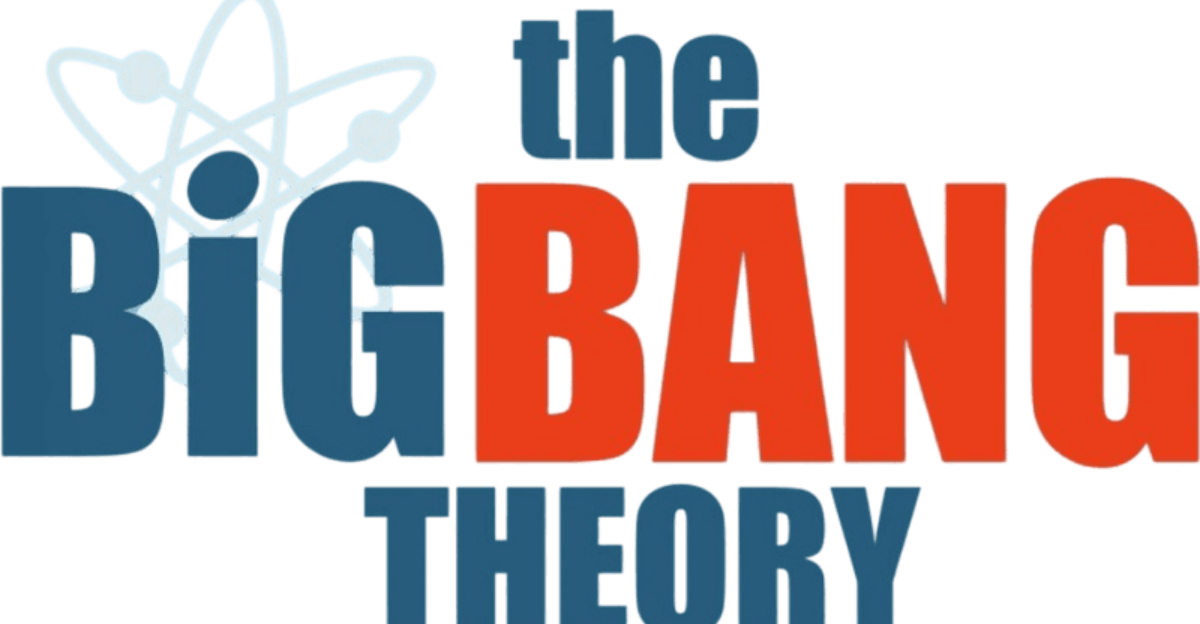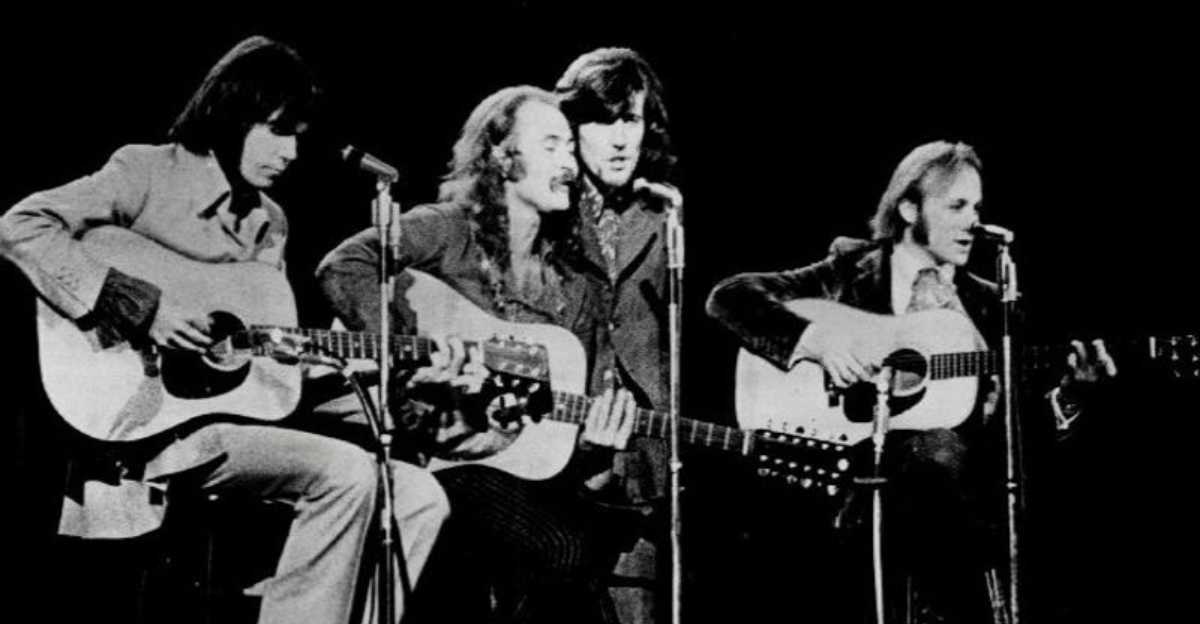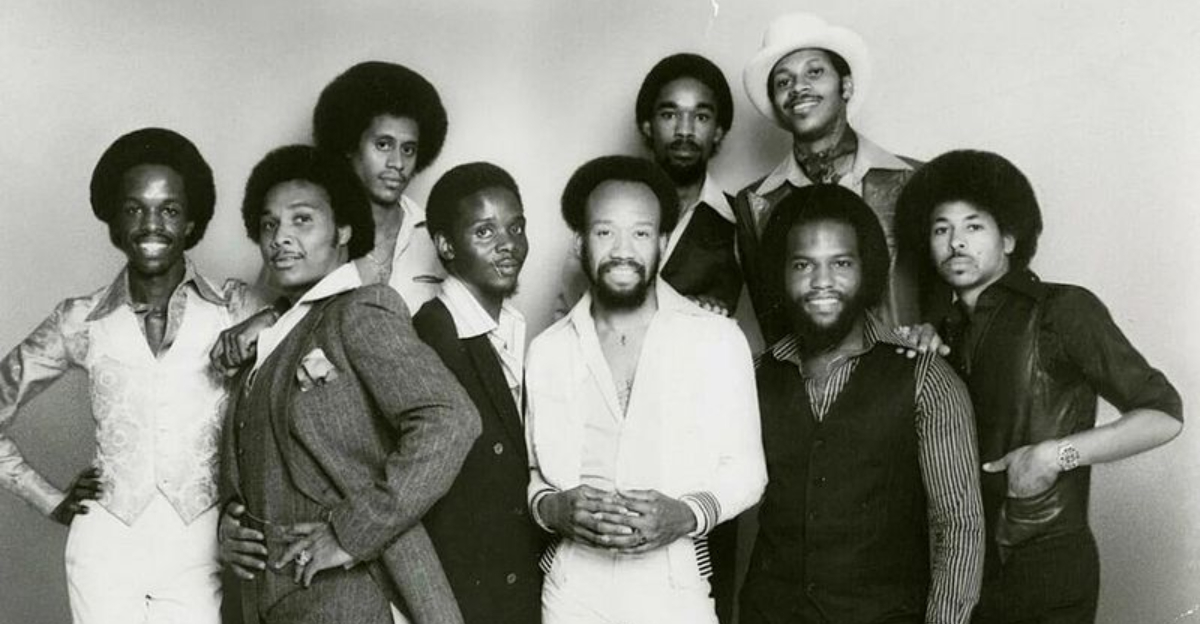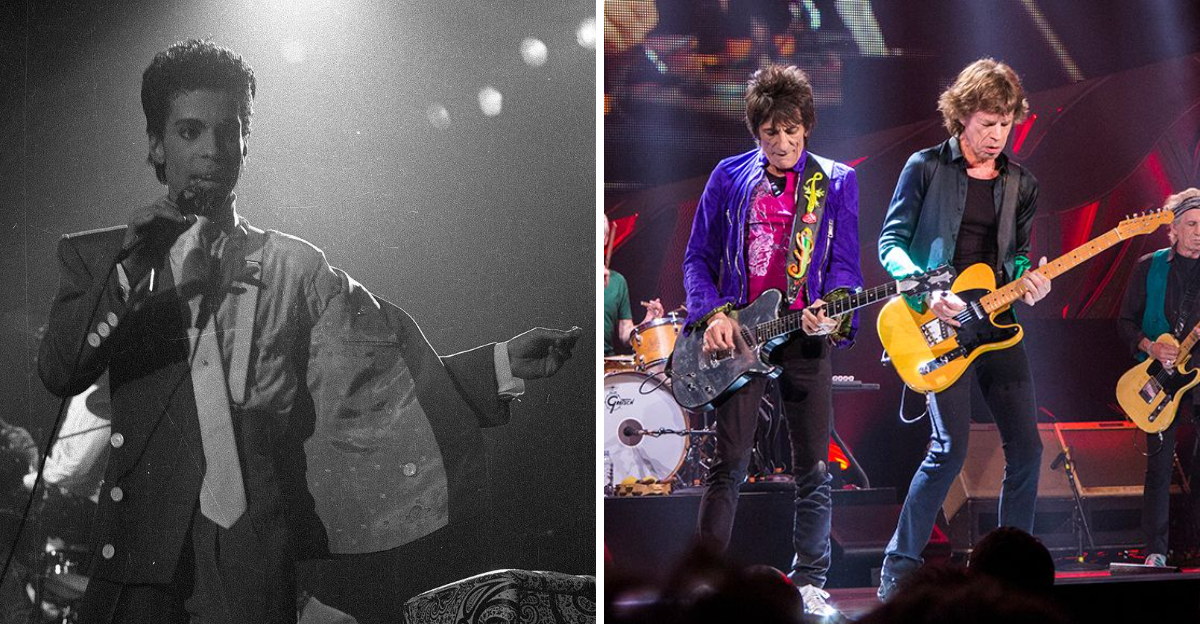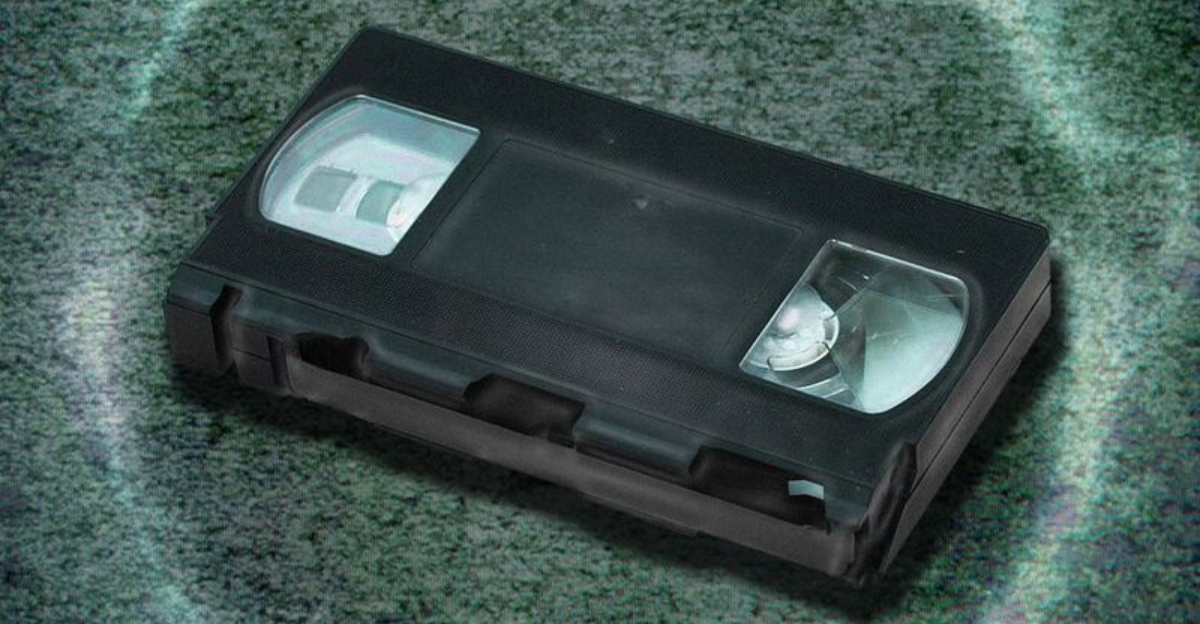12 Albums So Weird They Changed Music Forever
Music history is full of moments when artists took bold risks that nobody saw coming. Some albums sounded so strange when they first dropped that listeners didn’t know what to make of them.
Yet those same records ended up reshaping entire genres and inspiring countless musicians. Let’s explore the wonderfully bizarre albums that dared to be different and changed everything.
1. The Velvet Underground & Nico – The Velvet Underground & Nico

Andy Warhol’s banana on the cover might be the most normal thing about this 1967 masterpiece. Lou Reed and company delivered gritty tales of street life, addiction, and darkness when everyone else was singing about peace and love.
Radio stations refused to play it, and sales were terrible at first. But musicians everywhere heard something revolutionary in those droning guitars and Nico’s haunting vocals, planting seeds for punk rock and alternative music decades before those genres even had names.
2. Captain Beefheart – Trout Mask Replica

Imagine asking a jazz band to play blues while reading poetry backwards, and you’re getting close to this 1969 sonic puzzle. Don Van Vliet, aka Captain Beefheart, rehearsed his Magic Band for eight months in a house with barely any food or sleep.
What emerged sounds like musical chaos, but it’s actually precisely composed madness. Every off-kilter rhythm and bizarre lyric was intentional, creating a blueprint for experimental rock that still confounds and inspires adventurous listeners today.
3. Radiohead – Kid A

After becoming rock superstars, Radiohead decided to throw away guitars and dive into electronic experimentation. Fans expecting another guitar anthem were met with glitchy beats, eerie synthesizers, and Thom Yorke’s voice treated like just another instrument.
Critics were baffled at first, but Kid A became a defining album of the 2000s. It proved that a major rock band could completely reinvent itself and still connect with millions, opening doors for countless artists to experiment without fear.
4. Björk – Medúlla

What happens when you make an entire album almost exclusively from human voices? Björk answered that question in 2004 with this jaw-dropping vocal experiment. Beatboxers, choirs, throat singers, and her own incredible voice combined to create rhythms and melodies without traditional instruments.
Songs like “Mouth’s Cradle” and “Where Is The Line” sound like nothing else in pop music. Medúlla reminded everyone that the human voice is the most versatile instrument we have, inspiring artists to explore a cappella textures in fresh ways.
5. Kanye West – 808s & Heartbreak

When Kanye’s mother died and his engagement fell apart, he channeled that pain into something nobody expected. Instead of rapping over hard beats, he sang through Auto-Tune over sparse, melancholic 808 drum machine patterns.
Hip-hop fans were confused, critics were skeptical, and some called it career suicide. Yet 808s became the secret blueprint for Drake, Travis Scott, and an entire generation of emotional, melodic rap music that dominates the charts today. Vulnerability became cool.
6. The Flaming Lips – Zaireeka

Here’s a wild idea: release an album on four separate CDs that must be played simultaneously on four different stereo systems. Wayne Coyne and The Flaming Lips created this impossible listening experience in 1997, requiring friends, multiple CD players, and careful synchronization.
Each disc contained different instrumental layers and vocals. When played together, the sound was immersive and overwhelming. Zaireeka challenged the very concept of how we consume music, predicting today’s interest in spatial audio and immersive sound experiences.
7. David Bowie – Low

Following his cocaine-fueled Los Angeles years, Bowie fled to Berlin and made something completely unexpected. Half the album featured fractured pop songs with cryptic lyrics, while the other half was instrumental ambient music created with Brian Eno.
Record executives were horrified by the lack of obvious singles. But Low became hugely influential, proving that pop stars could embrace avant-garde ideas. It birthed the entire post-punk movement and showed that darkness and experimentation could coexist with commercial success.
8. Frank Zappa – Freak Out!

Most bands in 1966 released simple rock albums, but Zappa’s debut was a double album mixing doo-wop parodies, orchestral chaos, and satirical social commentary. Songs shifted from catchy melodies to abstract noise collages without warning.
Freak Out! was one of rock’s first concept albums, arriving before The Beatles’ Sgt. Pepper. Zappa proved that rock music could be smart, funny, and compositionally complex all at once, influencing progressive rock, punk, and anyone who believed music should challenge listeners.
9. Laurie Anderson – Big Science

Performance artist Laurie Anderson brought her multimedia stage work to vinyl with this 1982 oddity. Spoken-word stories mixed with electronic textures, vocoder effects, and philosophical observations about technology and modern life.
“O Superman” became an unlikely hit single despite being eight minutes of robotic vocals and minimal beats. Big Science showed that art gallery experimentation could reach mainstream audiences, bridging the gap between high art and pop culture in ways that still resonate with boundary-pushing artists today.
10. Talking Heads – Remain in Light

David Byrne and producer Brian Eno locked themselves in the studio with African polyrhythms, funk grooves, and experimental recording techniques. What came out was a hypnotic masterpiece where guitars, bass, and percussion created dense, interlocking patterns.
Songs like “Once in a Lifetime” became art-rock classics that still sound futuristic decades later. Remain in Light proved that white rock bands could respectfully incorporate world music influences while creating something entirely new, influencing everyone from LCD Soundsystem to modern indie dance music.
11. Tom Waits – Bone Machine

Recorded in a basement on primitive equipment, Waits created a haunting soundscape of clanging metal, distorted guitars, and his gravelly voice growling about death and redemption. Instruments included brake drums, modified pianos, and whatever junk made interesting noises.
Critics called it his masterpiece, winning a Grammy despite sounding like nothing on the radio. Bone Machine showed that raw emotion and creativity mattered more than polished production, inspiring indie and alternative artists to embrace lo-fi aesthetics and unconventional instrumentation.
12. My Bloody Valentine – Loveless

Kevin Shields spent two years and nearly bankrupted his record label creating walls of guitar sound so thick you could get lost in them. Vocals were buried beneath layers of distortion, tremolo, and effects that turned guitars into orchestras of noise.
Loveless defined the shoegaze genre and remains the benchmark for dream-like, texture-focused rock music. It taught musicians that guitars didn’t have to play traditional riffs, they could create atmospheric soundscapes that felt more like emotions than songs, influencing everyone from Radiohead to modern indie rock.

